Have you clicked with a 35mm camera?
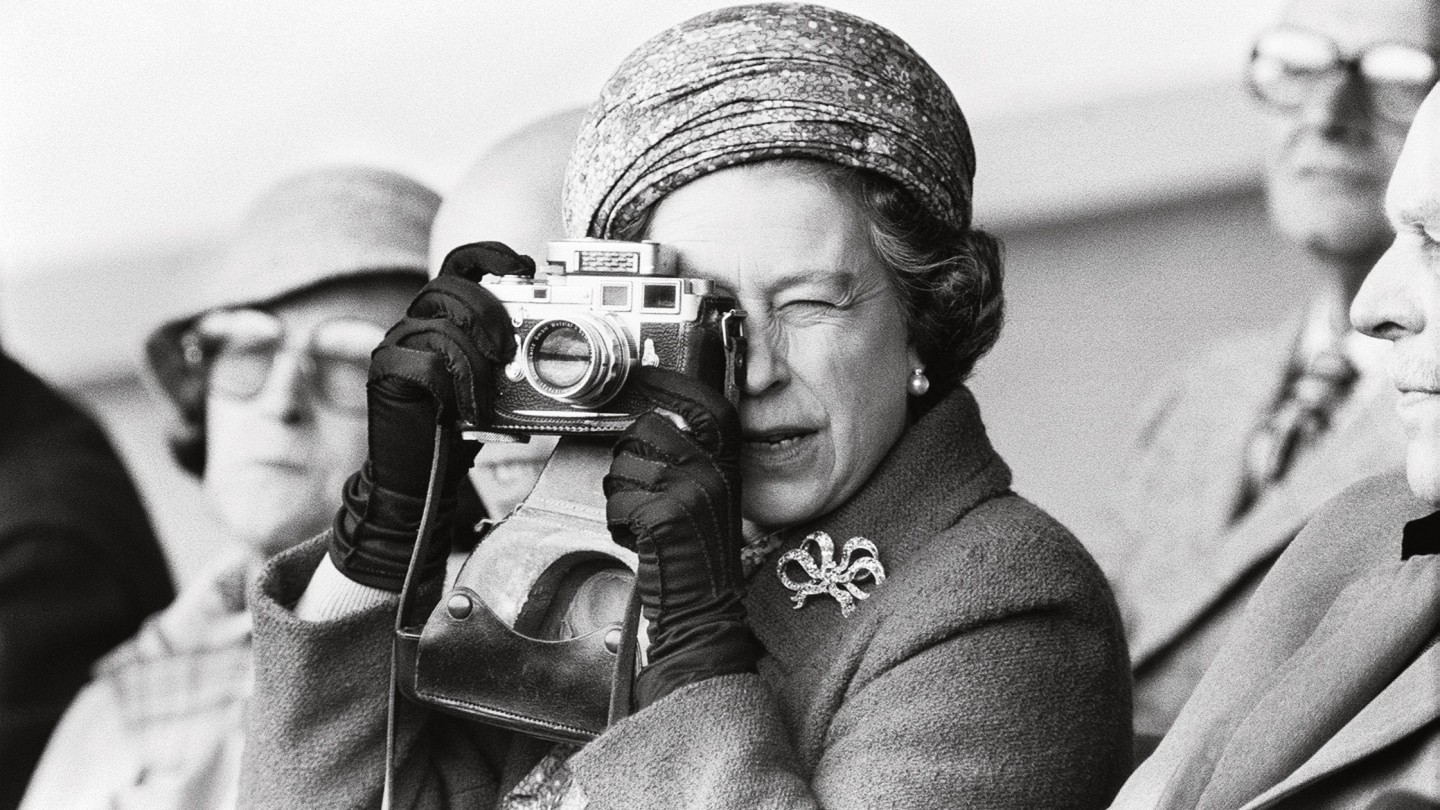
Roula Khalaf, Editor of the FT, selects her favourite stories in this weekly newsletter.
When Brooklyn-based cinematographer Eric Schleicher realised he wanted an off-duty way to take personal photographs that wasn’t his iPhone, he bought a 1990s Contax G2. “I was born in the 1980s,” he says, “so I grew up with film. I wanted a camera that could use the same Kodak stock I use for some of my 16mm and 35mm feature and commercial work, because I know how it reacts to light in any given situation. Also, I wanted to take pictures in a different way. If you’re shooting with a DSLR, you take 100 frames just to get the right shot for the client. Shooting with my Contax is special. I take one shot, because it costs about $1 a frame.”
Schleicher is part of the generation that’s embracing the anachronism of all things analogue. Compact and rangefinder cameras that you can load up with reels of silver halides rather than memory cards are among the most romanticised totems of their type. Some are buying them purely as an idea to cherish. The Leica 0-series No 105 sold for €14.4mn at the 40th Leitz Photographica Auction in June; perhaps the holy grail of compacts (the prototype of the world’s first commercially produced 35mm camera), it’s unlikely film will ever be exposed through its lens again.
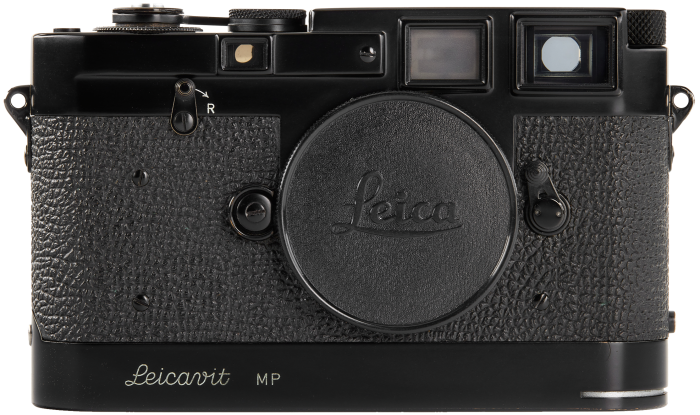
But at the other end of the spectrum is the iconic Olympus Trip, which first appeared in 1968. Andy Cook, manager of the Strand branch of the London Camera Exchange, says that various models of the Trip make up the bulk of the compacts they sell. “They are a great point-and-shoot camera, and you can pick one up for about £85,” he says. But for marrying usability and collectability: “I’d say the best vintage compact is the Leica M6, which has a changeable lens. The lens is so sharp. It has full manual control. It’s the crème de la crème. They can go for £2,500 to £3,000. The Contax T2, which first came out in the early ’90s, is also great, and sells for around £1,000.”
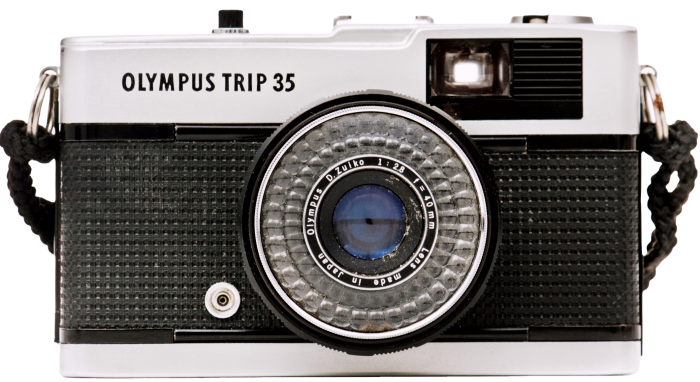
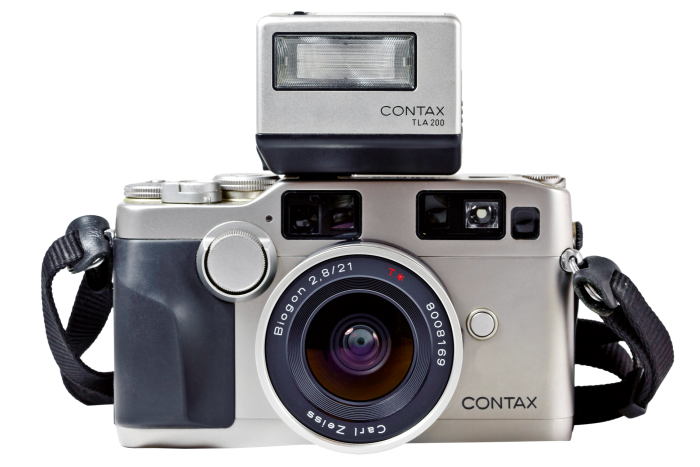
Contax G2 35mm Rangefinder
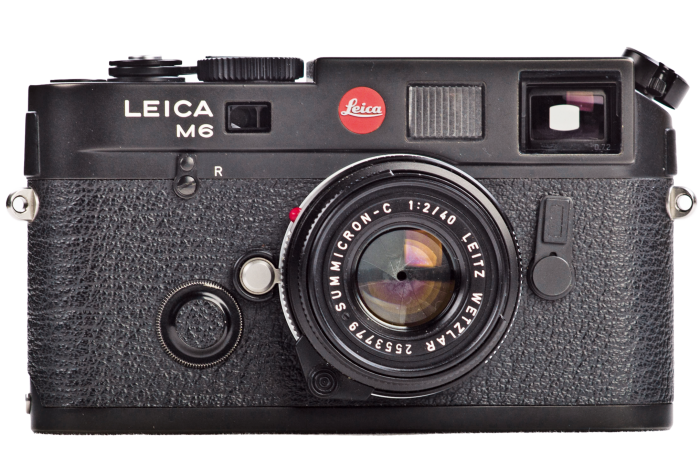
Leica Leitz M6 rangefinder RF, From £2,500
Cook says most of the customers for vintage compacts are “for want of a better word, hipsters – people in their 20s”. Alex Falk, who set up his first Mr CAD Photographic shop 60 years ago in Croydon, adds that a lot of his buyers are overseas: “The majority of our new young customers never had film cameras in the first place. Those in fast-growing overseas countries could not afford film cameras 30 years ago, but now they can.” Falk’s top three recommendations are the Canon Canonet Rangefinder (around £159) for its high-quality exposure meter; the Olympus XA2 with detachable flashgun (“small enough to put in a shirt pocket, but with great optics”) and, again, the Olympus Trip.
WHERE TO BUY
eBay ebay.com
Leitz Photographica Auction leitz-auction.com. Sales take place in June and November
London Camera Exchange lcegroup.co.uk
Mr CAD Photographic mrcad.co.uk
WHERE TO PROCESS
Eye Culture, London E2 225 Bethnal Green Rd (020-7033 4142)
Metro Imaging, London EC1 metroimaging.co.uk
Photodom, New York photodom.shop
Picturehouse + TheSmallDarkroom, New York phtsdr.com
Richard Photo Lab, Los Angeles richardphotolab.com
Schleicher’s partner, make-up artist Regina de Lemos, shoots with an Olympus Trip bought for £130 in London’s Spitalfields Market. “It is solar-powered,” she says. “They are quite rare, because you need to take care not to leave it exposed to the sun. I really love the design; I could never work out why I was so drawn to it, but then I went home to Puerto Rico, and my mother pulled out a big Tupperware box and it had a load of old Olympus Trips that my grandfather used to use. So it has a nice family connection.” De Lemos and Schleicher use Photodom in New York to process their film. The boutique lab has a 24-hour turnaround time, and sends digital files by email. “We don’t actually print many [pictures],” says Schleicher. “It’s the dynamic of shooting that’s key, the final image remains digital. Although we do print a few things for family, and to put on our fridge door.”
Alexander Sedlak, managing director of Leica Camera Classics, points to the rising prices of certain models as evidence of increased interest in premium compacts. In 2019, Leitz Photographica (which hosts two auctions a year) sold a Leica Minilux Titan for €320; this year the same model sold in the shop for €990. Certain areas of the auction market are particularly dynamic – a Leica MP black paint went under the hammer for €220,000 in 2015, and €1mn last year.
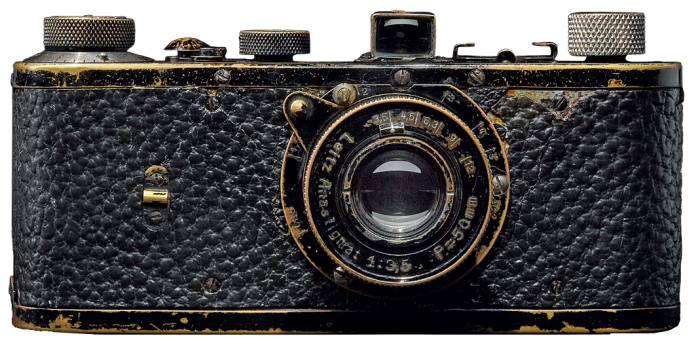
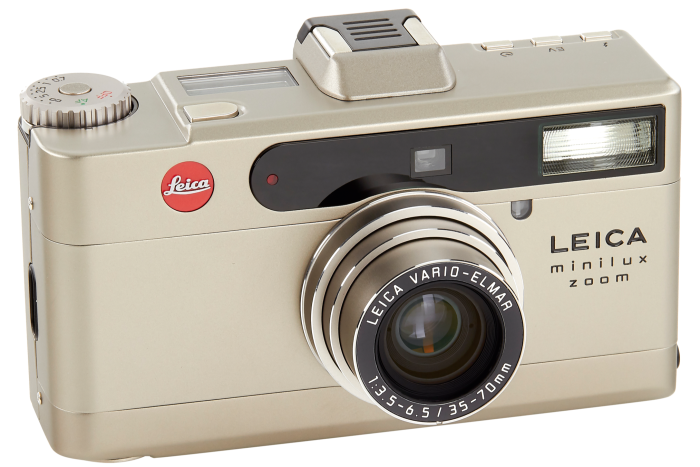
Leica Minilux Zoom 18036, sold at auction for €320 in 2019 by Leitz Photographica
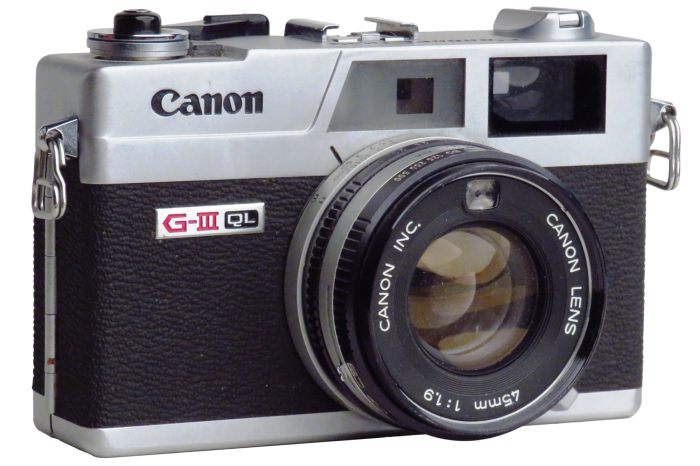
Canon Canonet QL19 MKIII Rangefinder, from about £159, mrcad.co.uk
UK-based filmmaker Toby Amies is obsessed with his three vintage Yashica cameras, originally marketed by the company as a budget option but which now go for between £120 and £1,000 online. “They have a tasty little Tessar lens at the heart of the design,” he says. “The flash is fast, the lens is sharp, and with the right film in there, it’s excellent for stopping time and giving a sense of the moment. Obviously with its increase in value there’s more at stake if it gets lost, but I try to be cavalier in how I use it.”
Some big-ticket vintage models are also being used to capture modern moments – even if it isn’t the €14.4mn Leica prototype. “It often simply depends if the camera still works and the personal choice of the photographer,” says Sedlak. “Like a beautiful vintage Patek Philippe or Rolex, these objects are investment-grade assets – but also have the capacity to bring great joy to the owner, even if only on special occasions.”
Comments